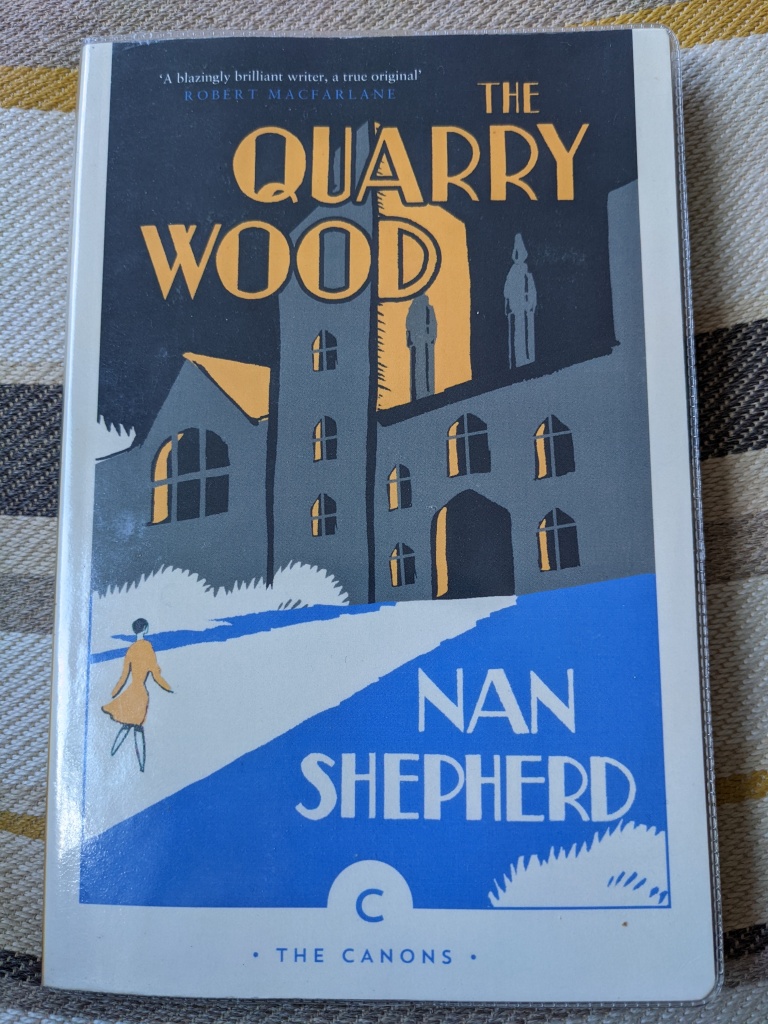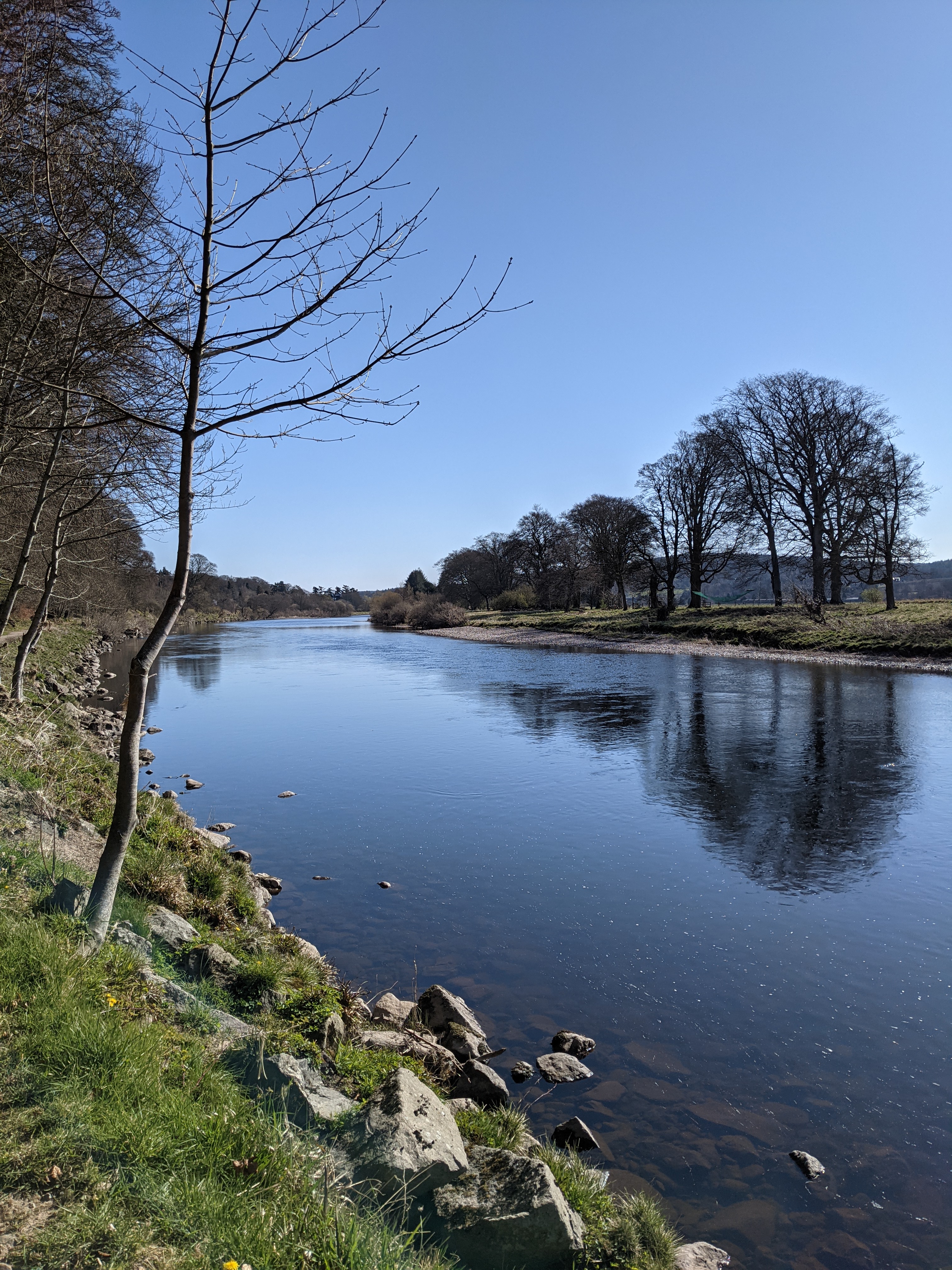I loved Shepherd’s The Living Mountain, which I read last year, and when I discovered that she had also written three novels I was keen to read them. The Quarry Wood is the first of Shepherd’s novels and was first published in 1928. It follows a young woman named Martha Ironside who lives in a rural farming community near Aberdeen. Martha’s mother married ‘beneath her’ and no one has high expectations of Martha, but she is determined to study and make something of herself and has to work doubly hard in order to do so.
The novel is a coming-of-age story, and an overcoming-the-odds story and beautifully written. Martha is intelligent and tenacious, and her character is alive and kicking from the opening paragraph of the story:
“Martha Ironside was nine years old when she kicked her great-aunt Josephine. At nineteen she loved the old lady, idly perhaps, in her natural humour, as she loved the sky and space. At twenty-four, when Miss Josephine Leggatt died, aged seventy-nine and reluctant, Martha knew that it was she who had taught her wisdom; thereby proving – she reflected – that man does not learn from books alone; because Martha had kicked Aunt Josephine (at the age of nine) for taking her fom her books.”
Throughout the book, Martha has to overcome the obstacles put in her way by her family, her class and her sex. Going to school and university as a female was unusual at the time the book was written, and Martha faces a lot of obstacles as a result of her sex:
“She came home from long crowded days in schools and lecture-rooms to make the supper, set the house to rights, prepare as far as she could the next day’s dinner; and rose in raw black mornings to get breakfast ready and attend to Emmeline’s wants.”
As well as gaining a degree, Martha falls in love, cares for her relatives, is the subject of malicious gossip and builds herself a career. The events of the novel are not fast-paced, but I found it to be a very engaging story full of the exquisite details and images which populate The Living Mountain. The novel is set in the area where Shepherd lived for most of her life, close to where I now live, and I relished the details of life from a hundred years ago. Shepherd was an educated female and university tutor, and I imagine that a lot of the details concerning Martha’s education and the struggles of being a female scholar in a male-dominated world were also close to her own experiences growing up (though I in no way want to diminish Shepherd’s writing skills in supposing this – it is more that the story rang very true for me).
The only thing I struggled with reading this book was the dialogue; although the narration is in standard English the dialogue, of which there is a lot, is in Scots and a local dialect. There is a glossary at the end of the book but I preferred to let the dialogue wash over me a little – enjoying its rhythm and not understanding every word but coming away with the general jist. I especially enjoyed the hundred-year-old Scot’s version of telling someone who has left a door open that they were ‘born in a barn’:
“Ye wad think ye was born in a cairt-shed faur there wasna a door.”
And there is a lot of humour generally in the book, especially in the dialogue. It does get easier to read once you get into the rhythm of it, and I’m speaking as an English woman who has read a little in Scots but is certainly no expert.
I am not sure why The Quarry Wood is not more widely read, like Sunset Song, for example, which was written around the same time. But I know that The Living Mountain is being more widely read now and I hope to see more being made of Nan Shepherd’s small but tremendous body of work.


